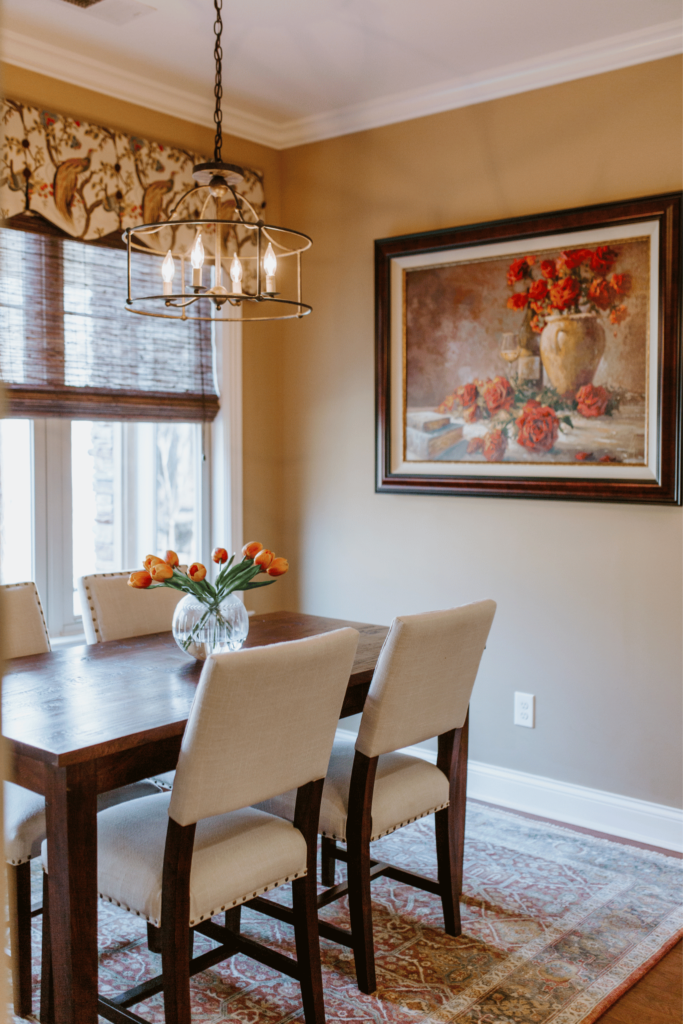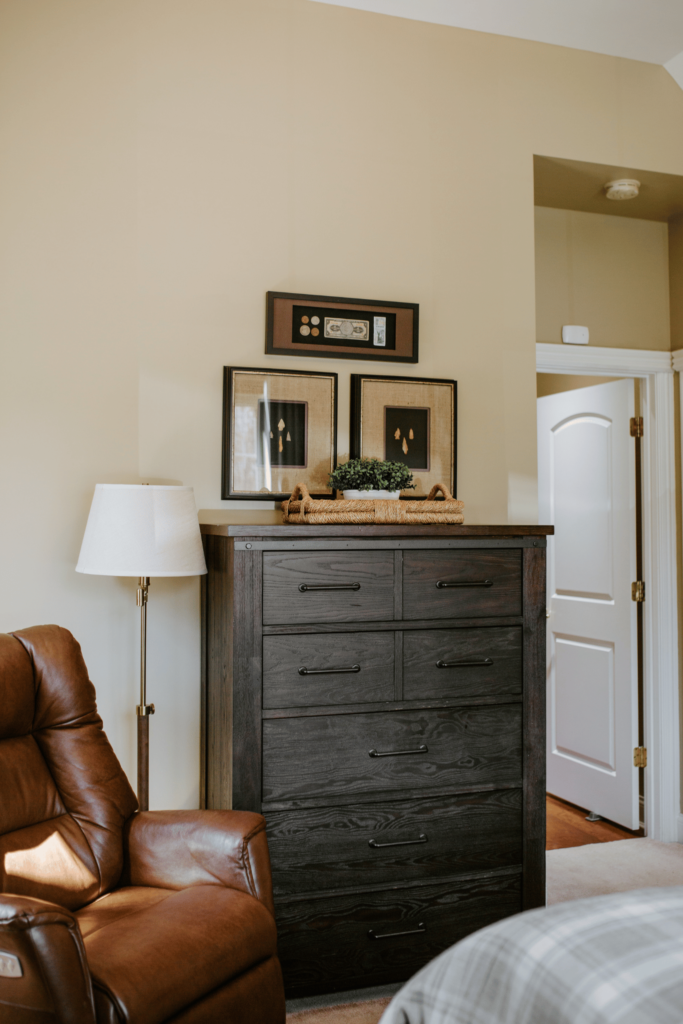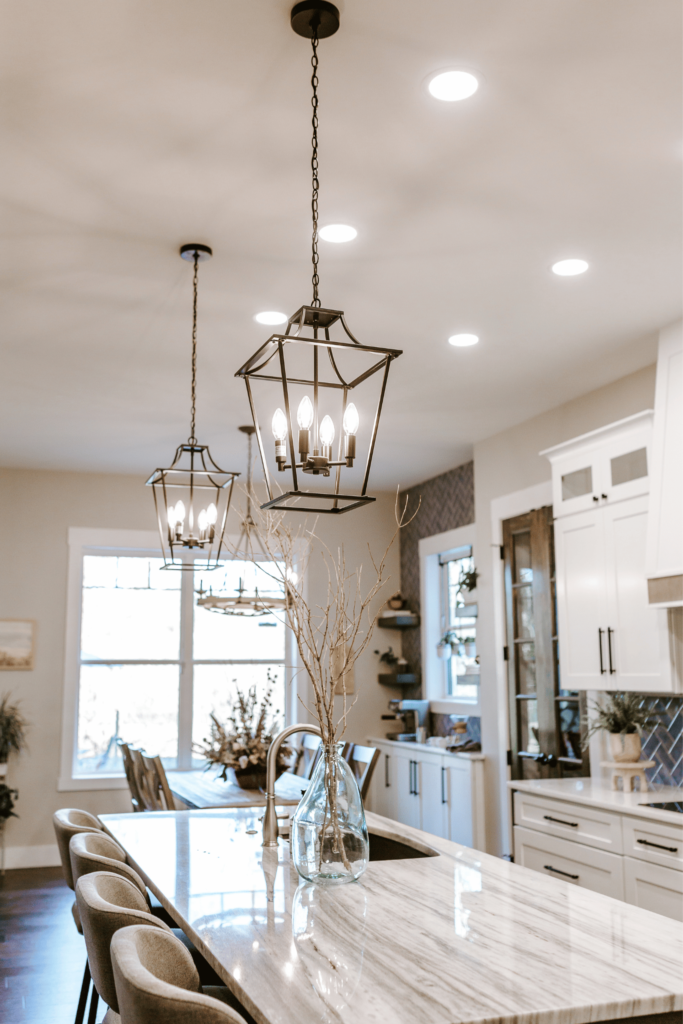Home renovations can be exciting yet daunting. Whether you’re updating a single room or undertaking a whole-house remodel, the journey often comes with unexpected twists and turns. While you may have a vision of what your dream space will look like, it’s crucial to recognize and avoid common pitfalls that could derail your plans, blow your budget, or even compromise your home’s functionality. In this post, we will explore these pitfalls in-depth and provide practical tips to ensure a smooth renovation process.
Ignoring the Flow of Space
Importance of Space Planning
One of the most critical aspects of home renovation is space planning. A well-thought-out layout enhances the overall functionality and comfort of your home. Ignoring the flow can lead to awkward spaces that are not conducive to daily life.
- Example: If you’re creating an open-concept living area, think about how people will move through the space. Is there enough room to walk between the furniture? Are there any physical barriers, like columns or walls, that disrupt the natural flow?
Tips to Improve Flow
- Use furniture placement: Arrange furniture in a way that encourages movement. For instance, ensure that there is a clear path between seating areas and other functional spaces.
- Incorporate open pathways: When planning your layout, allow for open pathways between rooms. This not only enhances flow but also creates a sense of spaciousness.
- Consider sightlines: When standing in one room, you should have a clear view of other spaces. This visual continuity helps create an inviting atmosphere.
By prioritizing flow, you can design a home that feels cohesive and welcoming, making it easier for family and friends to navigate.
Overlooking Lighting
Types of Lighting
Lighting is another essential aspect of home design that is often overlooked during renovations. The right lighting can dramatically change the ambiance of a room, while poor lighting can make spaces feel cramped or uninviting.
Ambient lighting: This is the general light in a room, often provided by ceiling fixtures. It sets the tone for the space and is the first layer of lighting to consider.
Task lighting: Task lighting is more focused and is used for specific activities, such as reading or cooking. Examples include under-cabinet lights in the kitchen or reading lamps in the living room.
Accent lighting: This type of lighting is used to highlight specific features, such as artwork or architectural details. It adds depth and dimension to a room.



Tips for Effective Lighting Design
Plan for multiple lighting sources: In each room, incorporate a mix of ambient, task, and accent lighting to create a versatile and functional space.
Use dimmers: Installing dimmer switches allows you to adjust the lighting according to the mood and time of day. This flexibility can greatly enhance the usability of your spaces.
Maximize natural light: Consider how to enhance natural light during your renovation. Use larger windows, strategically placed mirrors, or lighter colors to reflect sunlight and brighten your home.
By thoughtfully planning your lighting, you can create a warm and inviting environment that enhances your home’s overall aesthetic.
Underestimating the Importance of Cohesive Design Elements
The Role of Consistency
When renovating, it’s essential to establish a cohesive design theme throughout your home. A lack of consistency can lead to a disjointed and chaotic feel.
Mixed styles: While eclectic design can work for some, too many conflicting styles may overwhelm your space. It’s important to strike a balance between personal style and design cohesion.
Tips for Achieving Cohesion
Choose a color palette: Select a color scheme that resonates with you and use it consistently throughout your home. This can include wall colors, furnishings, and accessories.
Incorporate recurring design elements: Whether it’s through materials, shapes, or patterns, find ways to repeat certain elements in various rooms. This could be a specific type of molding, a style of furniture, or a unique fabric.
Use a unifying theme: Consider a theme that reflects your personal style, such as coastal, modern, or rustic. This can guide your design decisions and create a sense of harmony.
By ensuring that your design elements work together harmoniously, you can create a home that feels intentionally designed rather than pieced together.
Neglecting Functionality
Balancing Aesthetics and Practicality
While aesthetics are crucial in design, functionality should never be sacrificed. Many homeowners fall into the trap of choosing beautiful but impractical materials or layouts that don’t work for their lifestyle.
Example: Choosing delicate fabrics for a family room may look stunning but could prove challenging in high-traffic areas where kids and pets roam.
Tips for Functional Renovation
Prioritize durable materials: Select materials that can withstand the wear and tear of daily life. For example, opt for leather or performance fabric for sofas in family areas.
Design spaces for daily activities: Consider how you use each space in your home. If you love to cook, invest in a well-designed kitchen layout that includes sufficient counter space and storage.
Plan for future needs: Think about how your family may change in the coming years. If you anticipate children or elderly relatives moving in, design spaces that can adapt to those needs.
By focusing on functionality, you ensure that your renovated space not only looks great but also serves your family’s needs effectively.
Unrealistic Budget and Timeline Estimates
One of the most common mistakes homeowners make is underestimating the costs and time involved in renovations. Hidden expenses, such as permits, labor, and unexpected repairs, often arise, causing both time and budget to be stretched.
Tips for Realistic Budgeting
Include a contingency fund: Allocate an additional 10-20% of your total budget to cover unforeseen expenses. This will help you avoid financial strain if surprises arise during the renovation.
Research and gather estimates: Before beginning the renovation, gather estimates from contractors and suppliers. Having a clear understanding of costs can help you set a more accurate budget.
Set a timeline with flexibility: Understand that delays can occur. Set a timeline that accommodates potential setbacks, allowing for a smoother renovation process.
By being realistic about your budget and timeline, you can minimize stress and enjoy a successful renovation experience.
Failing to Research and Hire the Right Professionals
Importance of Expertise
Choosing the right professionals to help with your renovation can make all the difference. Experienced contractors, designers, and architects bring valuable expertise to the table, ensuring that your project runs smoothly.
Tips for Finding the Right Team
Research credentials and experience: Look for professionals who have relevant experience and a solid reputation. Read reviews and ask for recommendations from friends or family.
Request references and portfolios: A reputable professional should be able to provide references from past clients and examples of their work. This will give you insight into their capabilities and style.
Communicate your vision clearly: Once you’ve selected a team, make sure to communicate your goals and expectations. Clear communication is key to a successful partnership.
By investing time in finding the right professionals, you set the stage for a successful renovation experience.
Ignoring Permits and Regulations
Understanding Local Codes
Many homeowners overlook the importance of obtaining necessary permits and adhering to local regulations. Failing to do so can lead to complications, fines, and delays in your renovation project.
Tips for Compliance
Consult with local authorities: Before starting your renovation, check with local building departments to understand what permits are required for your project.
Hire a knowledgeable contractor: A good contractor will be familiar with local regulations and can help navigate the permitting process for you.
Document everything: Keep a record of all permits and inspections to ensure compliance and protect your investment.
By paying attention to permits and regulations, you can avoid potential pitfalls and ensure your renovation project is up to code.
Conclusion
Renovating your home can be a rewarding experience, but it requires careful planning and execution. By avoiding these common mistakes—such as neglecting space flow, overlooking lighting, underestimating design cohesion, skimping on budget and timeline estimates, failing to hire the right professionals, and ignoring permits—you can create a beautiful and functional space that meets your needs.
Madissen Walker Interiors provides both interior design and interior decoration services, guiding you through the renovation process every step of the way. Whether you’re looking to transform a single room or your entire home, we are here to help you avoid common pitfalls and create a space that reflects your unique style.

0 Comments